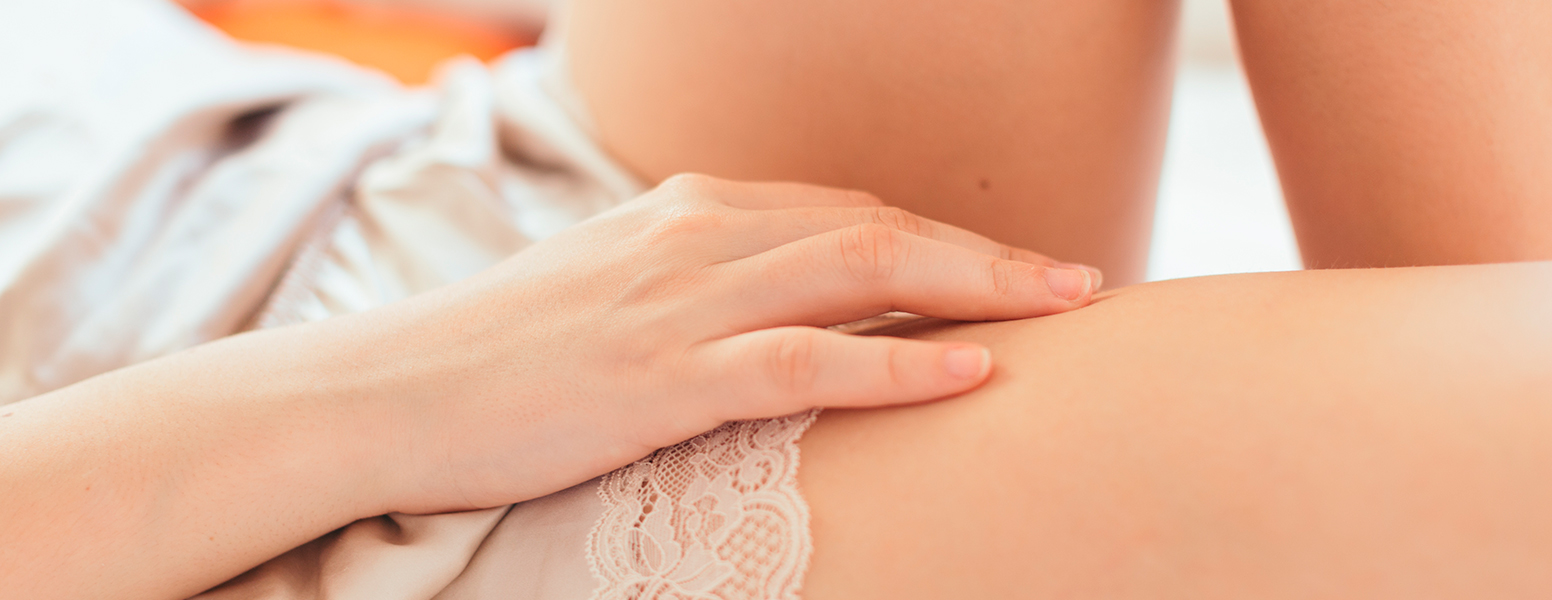To better understand light urinary incontinence, it helps to first understand how your urinary tract really works.
- The kidneys filter urine from the blood; urine is then stored in the urinary bladder.
- The urinary bladder is a hollow muscular organ that retains urine until you decide that you feel full (under normal circumstances, approximately 300 ml).
When you reach the toilet, you relax the muscles of your pelvic floor and the brain gives the order/permission to the muscle of the urinary bladder to contract, pushing the urine through the urethra – the tube that starts in the urinary bladder – towards the outside.
When the urinary bladder muscles contract, the muscle that controls the urinary bladder’s exit tube (i.e. the urethra) closes during storage (known as the sphincter) or relaxes to allow urine to pass.
The whole system is supported by the pelvic floor muscles that extend from the edge of your coccyx to the pubic bone (the front bone of your pelvis).
Many women suffering from urinary incontinence have relaxed pelvic floor muscles and may not be able to tell whether their bladder is full, which makes it harder to control urination. In many cases, it is possible that they may recover strength in these muscles by learning and performing pelvic floor exercises.
Urine consists of approximately 95% water and 5% waste. Some people mistakenly believe that by drinking fewer liquids they will reduce the inability to control the urinary bladder, i.e. incontinence. In fact, more concentrated urine due to the lack of liquid intake may irritate the urinary bladder and cause more serious problems, such as infection and dehydration. In addition, drinking insufficient quantities of liquids may cause constipation, which can also exacerbate things.





